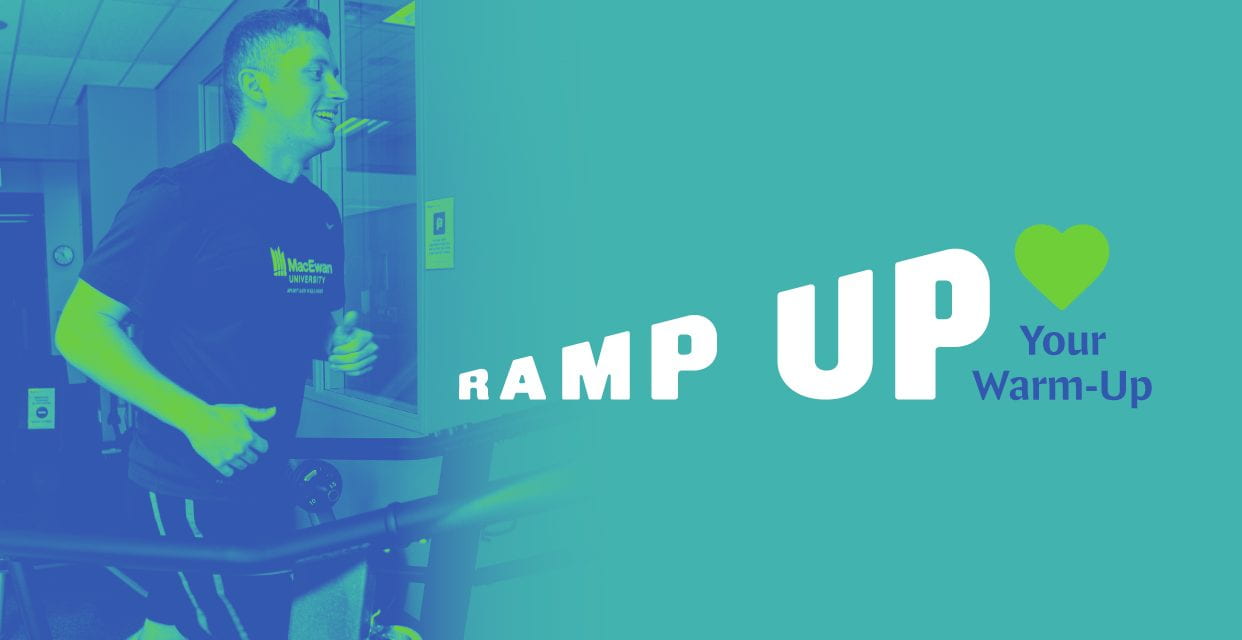Over the past few years, there has been a big push in fitness to use different modalities for warming up and recovery. If you spend any time scrolling through social media feeds, you’ll see everything from rubber bands and foam rollers to massage devices resembling jigsaws with door knobs for blades. If you’ve ever tried any of these modalities, you will attest that they work on some level. You’ll finish your routine and your muscles will feel warm. Perhaps your pain tolerance will have improved, and you’ll feel ready to push your limits in the workout to follow. Then you’ll head into the gym and begin doing some movements for your workout, and all of a sudden, it’s already been 20 minutes! As you panic to fit everything in, warm-up sets go out the window, rest periods get shortened, and maybe even some exercises get missed. So we prioritize our warm-up over the actual work, which is what we need to reach our goal.
I’m not here to say warm-ups shouldn’t exist – far from it – however, we will quickly discuss a framework we can utilize to ensure that we hit the warm-up objectives without compromising the workout.
Warming up before any competitive activity or workout can positively affect blood flow, core temperature, and muscle contractions, to name a few benefits.
So what constitutes a good warm-up from a bad one?
Ian Jeffreys created the R.A.M.P. method in 2007 and provides a framework for creating effective warm-ups adaptable to any range of activities. The four components he targets are as follows:
- Raise
- Elevating Body temperature, Respiration rate, blood flow etc.
- Activate and Mobilize
- Activate key muscle groups used in your planned activity
- Mobilize critical joints and ranges of motion used in the activity
- Potentiate
- Typically preparing for Intensity used in the activity
- Less commonly choosing activities that enhance later performance
In practice, this suggests we should be striving for movements that closely mimic the actions we will experience in training. By choosing similar movements and progressively loading them before the workout, we prepare ourselves precisely for the activity to follow.
When constructing the duration or amount of exercises in the warm-up, we should consider what we are preparing to do. So if you’re doing a running workout, run; if you’re doing squats, squat with body or low weight.
A rule of thumb to use is to try not to warm up more than you work. In resistance training, it’s relatively common for people to undertake one to three warm-up sets at progressively heavier weights when performing three to five sets for their work sets of the same exercise. Following this allows your muscles to be warm without doing so much that they enter their workout fatigued.
“So this sounds great and all, but what about my brand new $150 massage gun?” Great question! The mobility tools are helpful and, in the context of this model, probably have some validity as well. However, suppose our goal is to increase body temperature and blood flow to relevant tissues, prepare us for the workout, prioritize the movements themselves, and let the gizmos take on a lesser role. In that case, it is probably the way to go.
In summary, make your warm-up mimic the workout, but don’t make it a workout! If our goal for the warm-up is to prepare us for the work to come, it’s best not to overcomplicate things. Stick to movements you know you’re going to do at lower intensities. These steps will improve your actual workout, which is what we want to emphasize in the first place.
Visit our website for information on training consultations, virtual coaching, plus individual and group personal training. If you’re ready to work with one of our Exercise Specialists, fill out the consultation form so we can connect you with the best trainer to help you meet your goals. Sign-up to receive our monthly newsletter for news, announcements, program information, swim tips, and exercise demos.
by Devin Clayton
Devin is a Bachelor of Physical Education graduate from the University of Alberta. He is a Certified Strength and Conditioning Specialist through the NSCA and is an NCCP certified Weightlifting coach.
Jeffreys, I. (2007). Warm-up revisited: The ramp method of optimizing warm-ups. Professional Strength and Conditioning. (6) 12-18.



